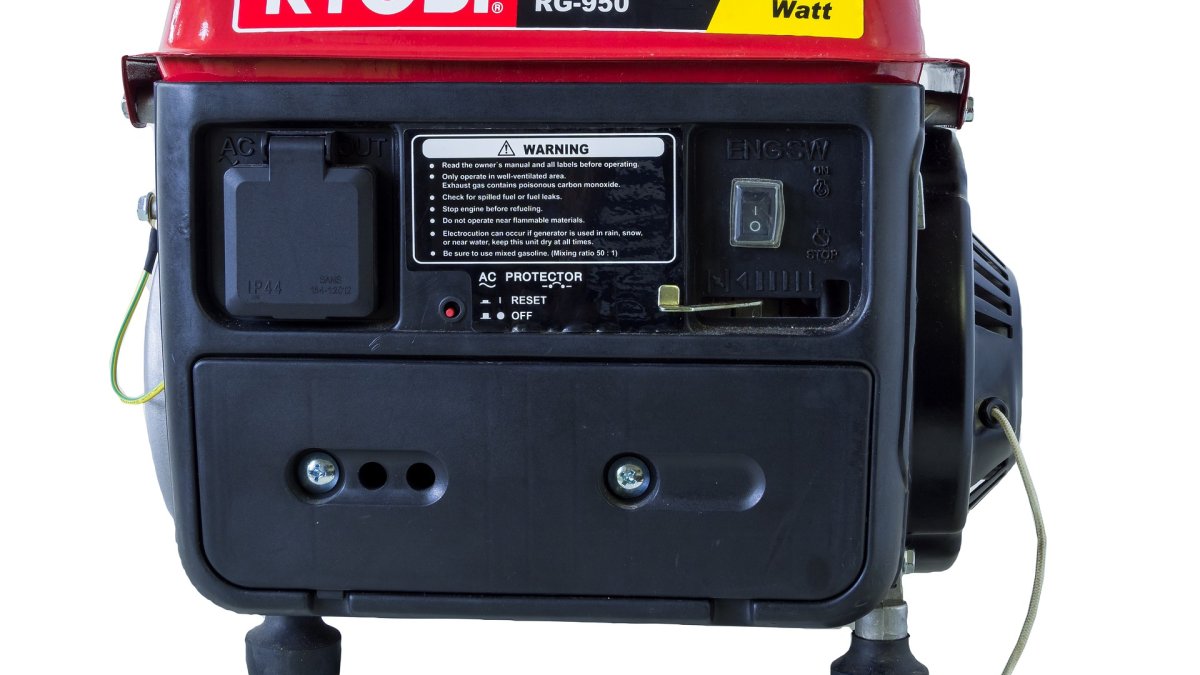
Power outages and scheduled blackouts are something no homeowner wants to deal with, as they can lead to added expenses and inconveniences such as moldy walls, spoiled food that you got from spending swiggy money, flooded basements or frozen pipes.
Getting a backup generator for your home can prevent such problems. However, if you’ve never purchased generac generators, you may find the process of choosing one daunting.
In this guide, we list some of the essential things you need to know when buying a home backup generator.
Understand Your Power Requirements
Start by listing the circuits in your house, including your central air/furnace unit, refrigerators, pumps, thermostats, freezers, and any other crucial equipment. Decide on the essentials and think of any other conveniences you may want to protect.
Once you have a list in place, it’s time to write their power requirements. Check your owner’s manuals for wattage information. Alternatively, you can use the appliance energy calculator by the Department of Energy to get an estimate.
You’ll notice that items may be listed in kilowatts, watts, amps or volts. Convert them to watts. Things like a central air unit may have the highest wattage. Multiply the item with the highest wattage by three to make sure the backup generator can handle the extra load.
Sum up the total wattage to determine the power your home will need in the event of an outage. The calculation will give you an idea of what wattage to look for in a generator.
You may also consider consulting a local generator franchise company in your area to make sure that you take into account the power specifications accurately.
Determine the Right Type of Generator For Your Needs
Although you may have to deal with the generator’s features, price and other components, one of your biggest choices is the type of generator to purchase. In general, there are three main types to consider:
- Home standby generators
- Inverter generators
- Portable generators
A standby generator installation outside your home permanently in a way that it’s wired to your electrical system directly. It provides power to all the circuits during a power outage.
Standby generators switch on automatically when the power goes off and shut off when power returns. These types of generators may use natural gas or propane. You need a professional to install a standby generator.
Inverter generators are quiet and lightweight. Most of these generators can produce 6,000 watts, which makes them ideal for activities like camping, RVing or boating.
Portable generators are excellent for those times you need to provide emergency power at home. You can plug your appliances into the outlets provided when the generator is running. There are different sizes of generators you can choose, depending on the size of your home. Choose one accordingly.
Most portable generators run on gasoline or liquid propane. You should get a portable generator if you need a unit that you can move easily and if you require occasional and limited backup power.
Check What Useful Features the Generator Has
Once you’ve figured out your power requirements and the type of generator that will work best for you, it’s time to consider what other features will be useful.
Some of the features to look out for include:
- Inverter Technology: Generators fitted with an inverter run quietly and ensure that the power output doesn’t burn sensitive electronics.
- Electric Start: A few generators have an electric-start option, apart from the popular pull-start method. All you need is to push a button and the unit will start.
- Automatic Start: Purchasing a generator with an automatic starter means that when you lose power, the generator goes on automatically. The feature is essential when you are not around to manually switch on the generator.
- Automatic CO Shutoff and Low CO Engine: An automatic CO Shutoff detects any carbon monoxide buildup and shuts down the generator. Some generators will refer to this feature as a CO shield or CO guard. A low CO engine is another feature that prevents carbon monoxide poisoning.
- Fuel Gauge: Another essential feature is the fuel gauge that allows you to check the remaining fuel.
Decide on the Generator’s Location
The National Fire Prevention Association recommends placing your home generator at least three feet from flammable materials and at least five feet from any house opening. It’s also best to place your generator 18 inches away from your home.
Avoid playing the generator under any roof, inside any building, or where gases may easily accumulate.
Have a Maintenance Plan in Place
Getting your generator is the first step, but you also need to have a maintenance plan in place, based on the manufacturer’s instructions. You’ll need to fire the generator up monthly and check the batteries regularly to ensure if function properly when you need it and that it does not require any form of generator repair.
Final Thoughts
The U.S. Energy Information Administration estimates that a typical American household loses power once or twice annually for an average of three hours each time. Getting a backup generator gives you peace of mind knowing that you’re home is safe in case of an outage. You can continue with the uninterrupted use of your electronics, heating units, cooling systems and other appliances. Always, consult a qualified generator installer to have your unit installed and repaired.
Thomas Bennett
Related posts
Stay connected
Today's pick
- Safety Essentials Every CNC Operator Should Follow DailyCNC machining demands precision, consistency, and discipline—but above all, it requires strict attention to safety. Whether you’re working with mills, lathes, routers, or grinders, every machine has the potential to cause serious injury if mishandled. That’s why CNC operators must follow safety protocols daily, no... The post Safety Essentials Every CNC Operator Should Follow Daily […]

